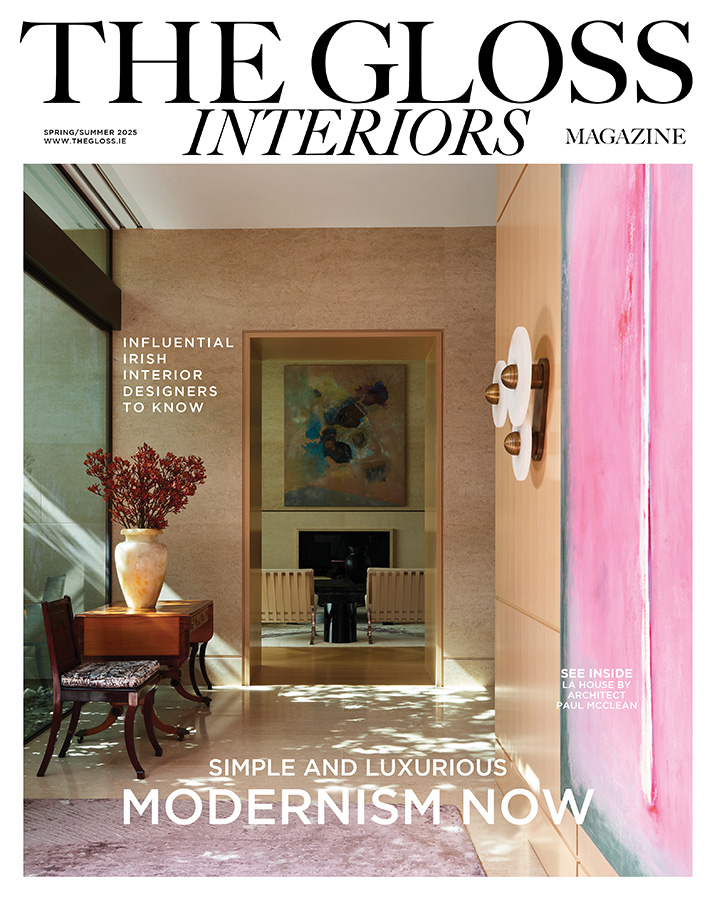Are you a wolf, a lion, a bear or a dolphin? Each of us has a unique circadian rhythm or “chronotype” which influences our energy levels throughout the day. Sometimes it’s hard for wolves and lions to get along, particularly at the office, as ELIZABETH GRACE SAUNDERS explains …
Your co-worker shuffles in at around 9:45 am, eyes averted, and makes a beeline for the coffee pot. Although your colleague may not verbalise her current state of mind, her mug – “Don’t talk to me until I’ve had my coffee and then after that still please don’t talk to me,” it says – informs you of it.
You, being a morning person, just don’t understand this grumpiness. You’re all chimed up and ready for pleasant chitchat.
“Good morning! How are you? I’ve already run five miles, and then I sent you ten things to do. Let’s meet to discuss them in five minutes.” Your colleague looks at you with a stare that says, What about my non-verbal cues or my coffee mug made you think that I would ever want to talk to you at all, much less in the next five minutes?
Fast-forward seven hours. It’s about 4:45 p.m. Your brain is mush. Your once reticent co-worker bounds into your office brimming with enthusiasm, ready to discuss what’s on her mind and execute right here, right now. You look at her with a glassy stare that says, I have no brain cells left. I am hungry. I just want to zone out until I leave. Stop talking to me, and I wish there was a mug to explain my late-afternoon brain fog.
So it goes among colleagues when some are morning people and others are afternoon/evening people. They have different energy levels at different times. And they experience these differences more acutely than the majority of people who have more of an “in-between” energy cycle.
The scientific term for the unique circadian rhythm that makes us either a morning person or a night owl is a chronotype. Michael Breus, a clinical psychologist and a fellow at the American Academy of Sleep Medicine, calls night owls “wolves,” morning people “lions,” those in between “bears” and light sleepers “dolphins.” Daniel Pink, the author of When: The Scientific Secrets of Perfect Timing, groups people into three types: morning “larks,” “third birds,” and night “owls.” If you fall at one of the extremes, either as a definite morning person or a definite evening person, you likely know your chronotype. But if you’re not sure, assessments such as the Automated Morningness-Eveningness Questionnaire can help you determine your pattern.
Chronotypes reflect the physiological reality of your sleep-wake cycle, body temperature, melatonin and cortisol levels. This tendency is not something you get to pick. It’s biologically hardwired, though there can be some changes in tendencies depending on your age. No chronotype is intrinsically good or bad, they’re just different. Crucially, honouring your chronotype can significantly enhance your productivity.
So how do you function effectively with co-workers who have drastically different ideas about when is a good time to get work done? Here are a few ideas based on my experience as a time-management coach.
AGREE ON GROUND RULES
Sometimes activities need to get done by a specific time and there is little room for choice. But in situations where you can have flexibility, use it.
For example, if your co-worker is a strong night owl, you might agree to schedule meetings after 10am. And if another co-worker is an early bird, you could aim to always meet before 3:30pm, especially if you need to discuss anything complex. For those in between, meeting anytime between 9am and 5pm will work.
By having a mutual understanding about when you’ll both have the best mental energy, you can avoid feeling annoyed because the other person seems dazed or drained, or because you are dazed and drained yourself.
Set up ground rules around communication. For example, you might agree to use only text or direct messages for truly urgent matters before or after a certain time. Outside those boundaries, you could use email instead. That way your night owl colleagues won’t awake to 20 texts, and your early-bird co-workers won’t get annoyed because they’re trying to wrap up and head out when a colleague wants to have a long, lively and detailed discussion. Sometimes communication does need to happen in real time. But many things can wait until the next business day and will go much better if you talk to people at a time that is good for them.
COMMUNICATE WHAT YOU’RE EXPERIENCING
People with different chronotypes feel surges of energy and enthusiasm at radically different times, so they won’t understand what you’re experiencing unless you tell them.
Ground rules help. But if your bouncy co-worker comes to your desk as soon as you get to the office, instead of glaring at them, it’s usually best to say: “I’m just getting in and need to get settled on a few things. I’ll swing by your desk a bit later?” Or if your colleague asks you to make an important decision at 6pm and you feel tired, cranky and hungry, it’s OK to say: “I’m not quite in the right headspace to make this decision at this moment. Let me sleep on it and I’ll get back to you tomorrow.”
These strategies can also work in your personal life. If you’re lying in bed trying to get motivated to get ready for work and your husband starts talking to you a mile a minute about refinancing your mortgage, you might say: “I really appreciate all the research you’ve done. Let’s talk about this at lunch.” Or if you can’t keep your eyes open as your wife starts talking about the five choices for Easter camps for your children, you might say: “I can tell you’ve put a lot of thought into this. Could we talk about this at breakfast in the morning?”
By communicating that you care about what the other person says but that you don’t have the capacity to digest it properly at that moment, you can help them feel affirmed and avoid making a snap decision just because you want to end the conversation.
RESPECT EACH OTHER
It’s tempting to think that the way you work is the best way to work. “I get up at 5 in the morning and have 20 things done before 8 am so I’m the best.” Or, “I can work until midnight and do more things in a day than you could accomplish in a week.” But there isn’t really a ubiquitous “best way.” There’s the best way, for you. You can work most effectively, and work most effectively with others, when you understand and respect that there are differences.
So the next time you’re tempted to judge someone for being less than 100 per cent at what, for them, is a less-than-ideal-time, think about how you would feel if you were asked to do something complex at your worst time of day. Then offer them the same understanding you would give yourself. And if needed, get a cup of coffee. It helps.
© New York Times
LOVETHEGLOSS.IE?
Sign up to our MAILING LIST now for a roundup of the latest fashion, beauty, interiors and entertaining news from THE GLOSS MAGAZINE’s daily dispatches.











